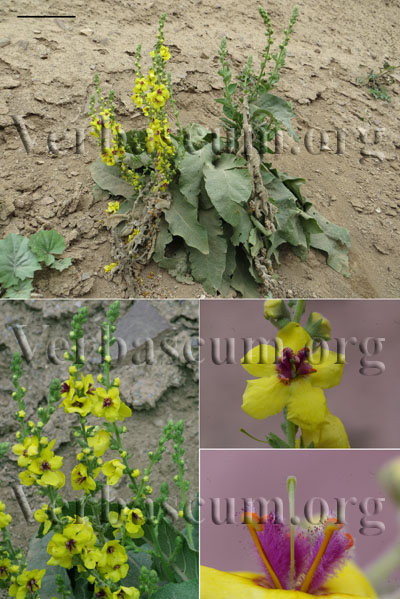Adansonia: sér. 3, 38 (1): 127-132.
A new species of Verbascum L. (Scrophulariaceae) from the Gilan province (Iran), based on morphological and molecular evidences.
Arash SOTOODEH, L. Civeyrel, F. Attar
Abstract
A new endemic species from north of Iran: Verbascum parsana Sotoodeh, Attar & Civeyrel, sp. nov. is described. Considering the combination of some characteristics like ebracteolate and single flowers, violet hairs on filaments, pedicel size between 3 to 10 mm and stellate-glandular indumentum, the new species is related to Verbascum punalense Boiss. & Buhse, but several differences have been observed between the two species: the shape of the anthers, the petiole of basal leaves, the corolla size and the calyx hairs. We investigate the genetic distance of the new species with close genera using ITS and plastid regions (trnS-G, trnL-F, trnH-psbA and partial matK). The new species showed significant molecular and morphological distance from closely related species. Photos and distribution map are presented.

